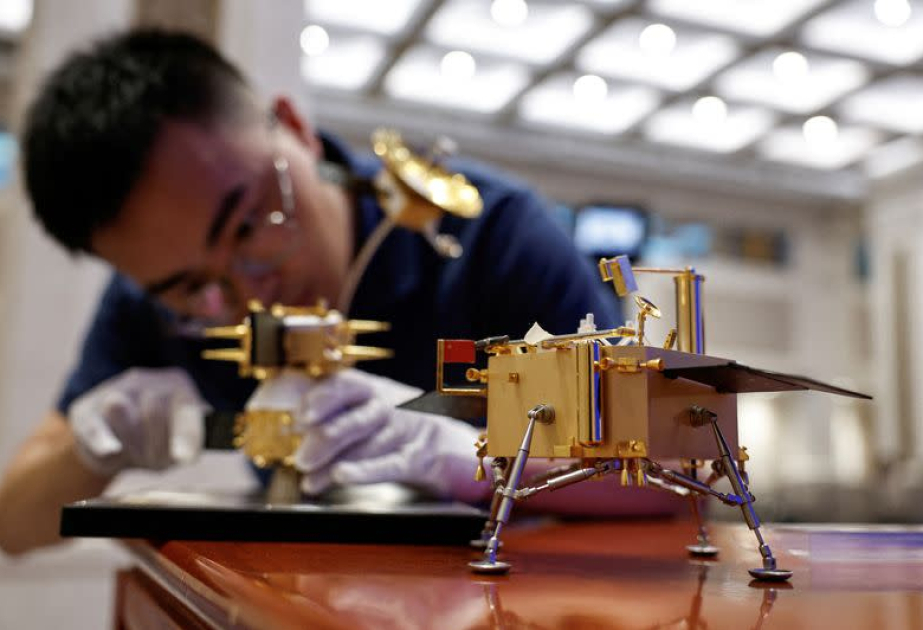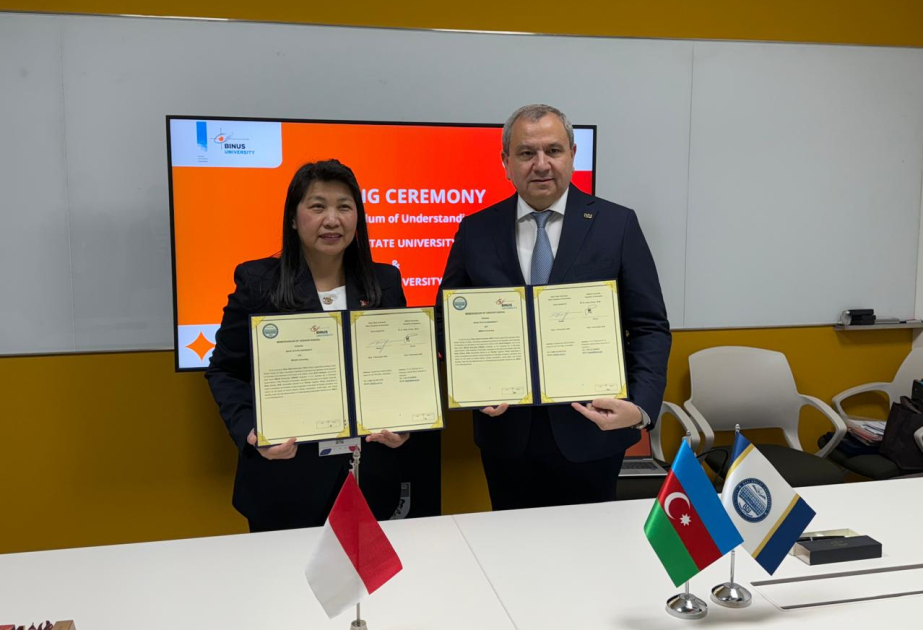Chinese researchers have developed a new method of massive water production through the reaction between lunar regolith and endogenous hydrogen, according to Xinhua. Their study was published in the journal The Innovation on Thursday.
The study of the Moon's water content plays a vital role in the construction of future scientific research bases and human survival.
Research results from previous lunar explorations have revealed that ice may exist in a natural state at the moon's north and south poles and in its permanently shadowed regions.
However, the natural water content in lunar minerals is extremely low, ranging from 0.0001 percent to 0.02 percent, according to the Ningbo Institute of Materials Technology and Engineering (NIMTE) of the Chinese Academy of Sciences (CAS). It remains challenging to extract and utilize water in situ on the moon.
Recently, researchers from the NIMTE, Institute of Physics of the CAS, China Academy of Space Technology, Songshan Lake Materials Laboratory, Nanjing University and Harbin Institute of Technology used lunar regolith samples brought back by the Chang'e-5 mission to conduct related studies on various lunar minerals.
They found that the solar wind has irradiated the minerals in lunar soil for billions of years and stored abundant hydrogen. When heated to high temperatures, the hydrogen reacts with the iron oxides in the minerals to form elemental iron and large amounts of water.
When the temperature rises above 1,000 degrees Celsius, the lunar soil melts, and the water generated by this reaction is released as vapor.
The researchers confirmed that 1 g of molten lunar regolith can generate 51-76 mg of water. "In other words, 1 tonne of lunar regolith can produce more than 50 kg of water, which can meet the daily drinking water needs of 50 people per day," said Wang Junqiang, a professor at the NIMTE.
Besides, the researchers further investigated the differences in hydrogen content in different lunar minerals. The lunar ilmenite FeTiO3 was found to contain the highest amount of solar wind-implanted hydrogen among the five primary minerals, including ilmenite, plagioclase, olivine, pyroxene and lunar glass, in the lunar regolith.
The in situ heating experiments indicated that the hydrogen retained in lunar minerals is a substantial resource for producing water on the moon.
The researchers studied the atomic structure of lunar ilmenite in detail. They discovered that compared with ilmenite on Earth, the atomic spacing in lunar soil increased significantly due to the presence of hydrogen.
The simulation results showed that there are sub-nano tunnels in ilmenite in lunar soil, which can absorb and store many hydrogen atoms from the solar wind.
The experiment also found that the formation temperature of water can be reduced from 800 degrees Celsius to 200 degrees Celsius.
This result can explain the variation in the distribution of hydrogen on the moon with latitude differences. The equatorial position of the moon is the most irradiated by the solar wind, which contains a lot of electrons. Thus, more hydrogen is restored to water vapor and volatilized, while high latitudes are less affected by solar wind electron irradiation and can retain more hydrogen.
These discoveries provide pioneering insights into the water exploration on the moon, according to the NIMTE.
The Chang'e-5 probe, which returned to Earth on Dec. 17, 2020, retrieved 1,731 grams of lunar samples, consisting primarily of rocks and soil from the lunar surface.

















.png)



